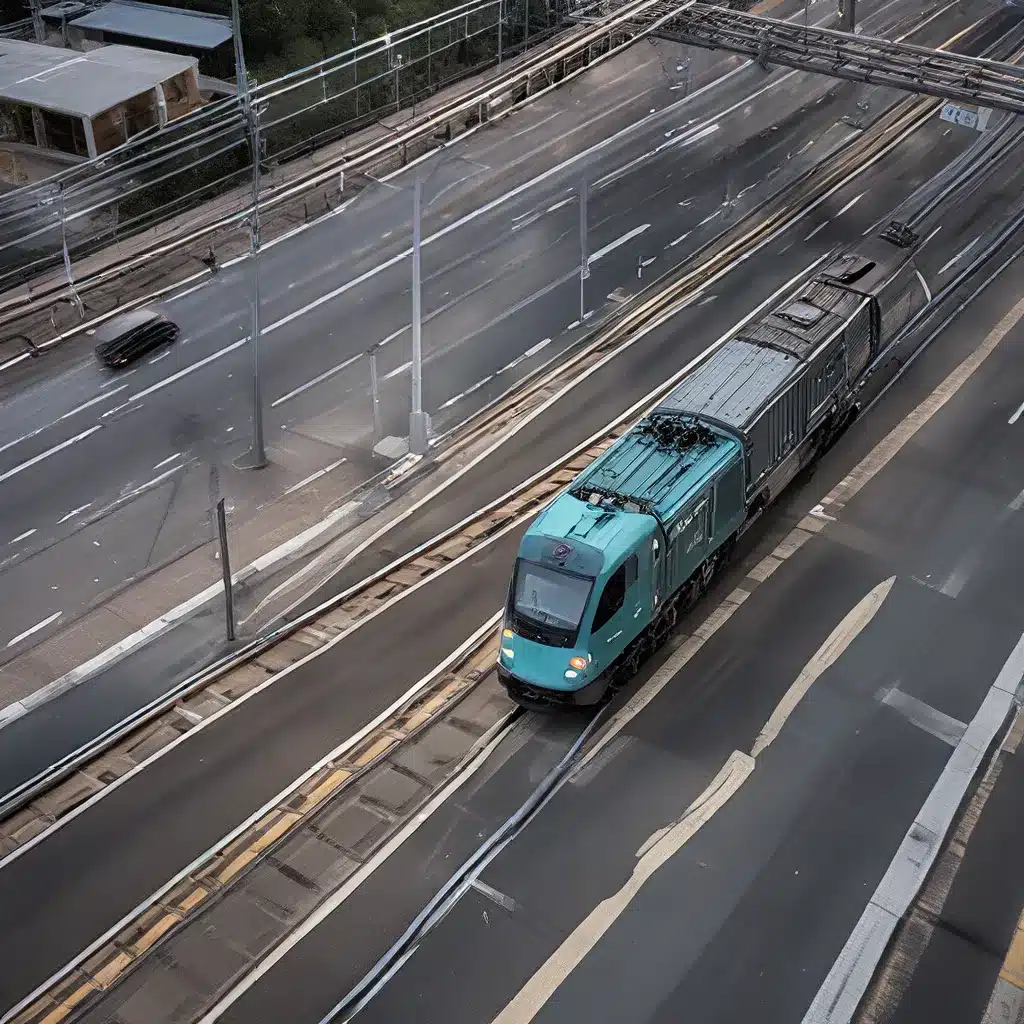
Harnessing the Power of Multi-Modal Learning in Sensor Networks
The world of sensor networks and the Internet of Things (IoT) has witnessed a remarkable transformation in recent years, driven by the convergence of artificial intelligence (AI) and IoT technologies. This synergy has unleashed a new era of sensor fusion, where diverse data sources are combined to unlock unprecedented insights and intelligence.
At the heart of this revolution lies the concept of multi-modal learning, a powerful approach that leverages multiple data modalities to enhance the performance and reliability of sensor-based systems. By integrating various types of sensor data, such as optical imagery, LiDAR, thermal, and NIR (near-infrared) images, we can gain a more comprehensive understanding of the physical world and enable more accurate, robust, and interpretable decision-making.
Multi-modal learning refers to the process of leveraging multiple data sources or modalities to improve learning and decision-making processes. In the context of sensor networks and IoT, this approach involves the use of deep neural networks to analyze and integrate diverse sensor data, enabling devices to collect, transmit, and interpret information in real-time.
One of the primary advantages of multi-modal learning in sensor networks is improved accuracy. By combining data from different modalities, we can leverage the unique information provided by each source and enhance the overall analysis. For example, integrating NIR images with optical imagery can enable more accurate classification and mapping of vegetation types, as NIR light interacts differently with plant matter compared to visible light.
Moreover, multi-modal learning can enhance the robustness and resilience of sensor-based systems. By incorporating multiple sources of data, the analysis becomes less susceptible to the impact of noise, outliers, or missing information in individual modalities. This increases the reliability of the insights generated, making them more suitable for critical applications such as autonomous vehicles, smart city infrastructure, and environmental monitoring.
Sensor Fusion for Comprehensive Insights
The integration of diverse sensor data through multi-modal learning also enables better feature representation and extraction. Different modalities capture unique aspects of the observed phenomenon, and by combining them, we can create more comprehensive and discriminative feature representations. This, in turn, can improve the performance of various tasks, including object detection, segmentation, and change detection.
Furthermore, the interpretability and explainability of sensor-based systems can be enhanced through multi-modal learning. By incorporating multiple data sources, we can gain a deeper understanding of the underlying processes and factors influencing the observed patterns. This can facilitate decision-making, enable more meaningful insights, and foster trust in the reliability of the technology.
The integration of AI and IoT has been a game-changer in the world of sensor networks, enabling predictive analytics, enhanced decision-making, and intelligent automation. By embedding AI algorithms into IoT systems, devices can not only collect and transmit data but also interpret and act upon it in real-time.
One of the key benefits of this convergence is predictive analytics, where AI can analyze sensor data to identify patterns, detect anomalies, and anticipate future events. For example, in a smart home system, AI can learn the daily routines of occupants and adjust the thermostat, lighting, and security settings accordingly, creating a personalized and seamless living experience.
In industrial settings, AI-powered IoT devices can collect data on machinery performance, energy consumption, and production workflows, enabling predictive maintenance and optimized resource allocation. This not only minimizes downtime but also reduces costs and increases productivity, making businesses more efficient and competitive.
Addressing Challenges in Sensor Data Management
While the potential of AI and IoT in sensor networks is vast, there are also important considerations regarding data quality, security, and privacy. The massive amounts of data generated by IoT devices and sensor networks must be carefully managed to ensure its accuracy, reliability, and integrity.
Data preprocessing techniques, such as cleaning, normalization, and transformation, are crucial to preparing the data for effective AI training and analysis. Data governance frameworks must also be in place to address privacy concerns, ensure data security, and comply with regulatory requirements.
Another key aspect of harnessing the power of sensor data is multimodal data fusion. By combining diverse data types, including structured, unstructured, text, image, and sensor data, we can unlock more comprehensive insights and enable more accurate predictions and decision-making.
However, the value of data in AI and IoT goes beyond just its volume; it also depends on its diversity and interoperability. Collaborative approaches to data sharing and cross-platform integration are essential to foster innovation, improve services, and accelerate technological advancements in the sensor network and IoT domains.
Securing the Future of Sensor Networks
As sensor networks and IoT systems become increasingly interconnected, the challenges of data security and privacy become even more critical. Robust monitoring systems, such as the PRTG OPC UA server, can help mitigate the risk of data breaches by promptly identifying and addressing security issues.
Moreover, ethical considerations must be at the forefront of AI and IoT development, ensuring that these technologies are deployed in a responsible and transparent manner. This includes addressing concerns about data ownership, algorithmic bias, and the potential for unintended consequences.
The future of sensor networks and IoT holds immense potential, and the convergence of AI and IoT is poised to redefine our world. By harnessing the power of multi-modal learning and sensor fusion, we can unlock unprecedented insights, enhance decision-making, and drive transformative changes in various industries and applications.
As we navigate this technological revolution, it is crucial to address the challenges of data management, security, and ethics, ensuring that the benefits of sensor networks and IoT are realized in a responsible and sustainable manner. By embracing these advancements and addressing the associated complexities, we can unlock the true potential of sensor data and propel the sensor-network ecosystem towards a more intelligent, efficient, and connected future.
Visit sensor-networks.org to explore more cutting-edge developments and insights in the world of sensor networks and IoT.